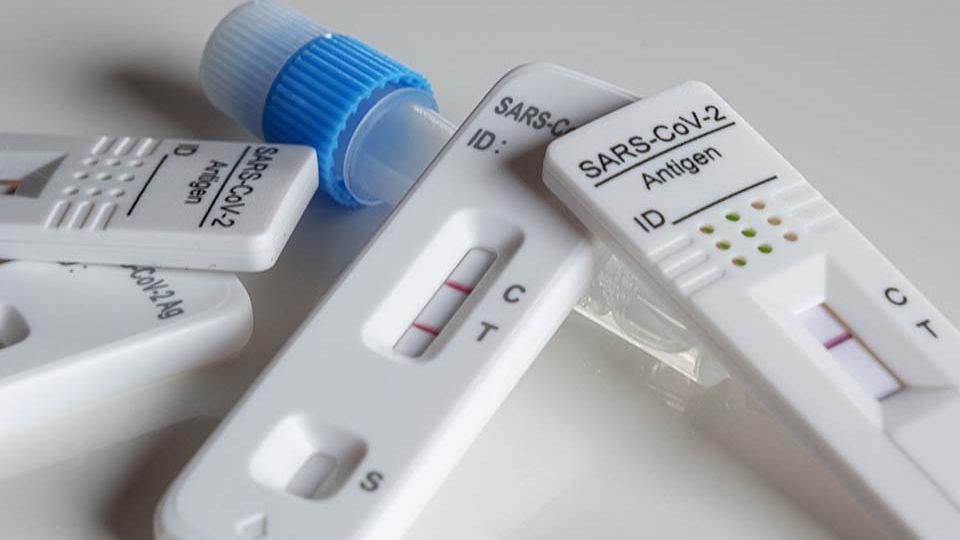August 14, 2024
SEOUL – The number of positive COVID-19 tests is shooting up in South Korea and elsewhere, a summertime surge that warrants attention from both the health authorities and the public, especially older people and those with chronic diseases.
A spike in the number of COVID-19 patients during the summer period seems to be settling as a seasonal trend. Although most confirmed cases tend to be mild compared to those during the early pandemic period, it is still a serious matter for those high-risk groups who could suffer severe or fatal symptoms.
According to the Korea Diseases Control and Prevention Agency, the number of virus hospitalizations at 220 major hospitals and medical clinics nationwide stood at 861 as of the first week of August, marking a sixfold increase in a month.
Through Aug. 3 of this year, the total number of COVID-19 hospitalizations was 12,407, with those aged 65 or older accounting for 65.2 percent.
There is no detailed and extensive data after the government downgraded the infection level of COVID-19 and lifted most of the antivirus regulations in May. However, given that sales of self-test kits grew at an explosive pace and some antivirus drugs were in short supply last month, it is presumed that the actual cases might be much higher.
The current wave is led by KP.3, an Omicron subvariant that accounted for 45.5 percent of cases in Korea last month.
The KDCA said that the lack of ventilation with air conditioning in the summertime could be one of the reasons behind the summer surge, and the current uptrend could peak around the end of August, suggesting that people have to remain vigilant against possible infections at home, in the workplaces and at vacation spots in the following weeks.
In response to the surge, the KDCA has expanded the virus response team to closely and swiftly monitor the ongoing situation and help with treatment and medical supplies. In addition, the government is scheduled to hold the first meeting of a newly formed consultative body of experts to handle antivirus measures.
But the government should have predicted a summertime surge and introduced proactive measures in advance. Even though the KP.3 strain is not deemed fatal or rapidly infectious among the general public, there is always a possibility that it can mutate into a stronger one in a way that catches the country’s medical system off guard.
Last Tuesday, the World Health Organization issued a warning that COVID-19 infections are surging worldwide, including at the Olympics, and more severe variants of the coronavirus may “soon be on the horizon” — a strain that could potentially evade detection systems and defy medical intervention.
The UN health agency said the positive tests for COVID-19 have been on the rise over several weeks, citing data from its surveillance system across 84 countries. It said high infection circulation rates in the northern hemisphere’s summer months are atypical for respiratory viruses.
Meanwhile, the Korean government seems confident that the latest COVID-19 summer surge can be handled, but it must consider the protracted shortage of doctors and delays in medical services in many parts of the country as a result of the dispute over the medical school enrollment quota.
Local media reported that Korean workers who contract COVID-19 are confused about corporate rules regarding COVID-19 infections. Some companies continue to have those infected workers come into work, a practice that could fuel the spread to their colleagues. Others have different rules about medical leave related to the coronavirus. Antivirus measures also vary from company to company.
As the resurgence of COVID-19 can occur throughout the year, the government has to propose more guidelines for the public, ensure the availability of the latest vaccines and roll out a new vaccination policy for high-risk people on a year-round basis.


